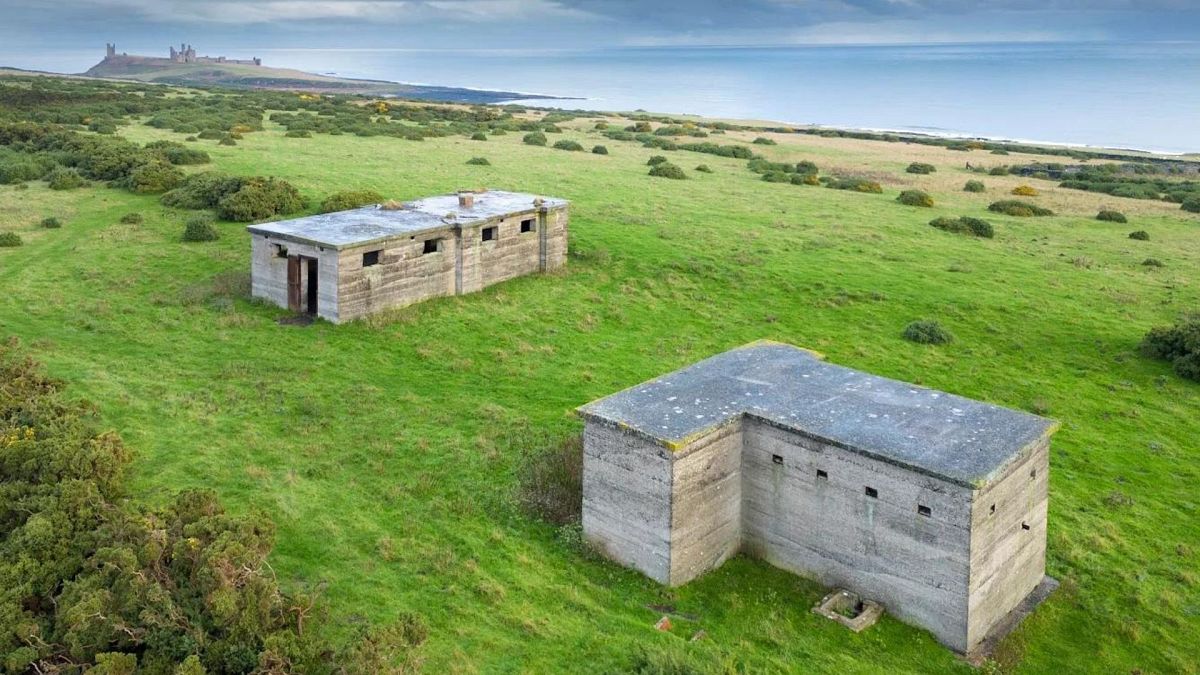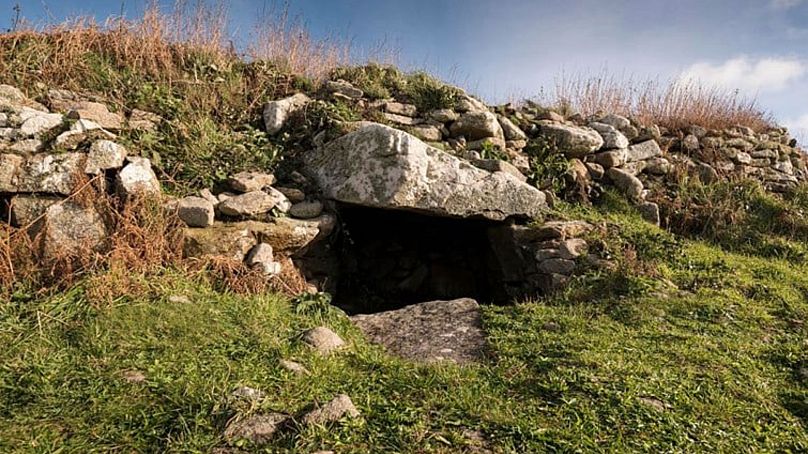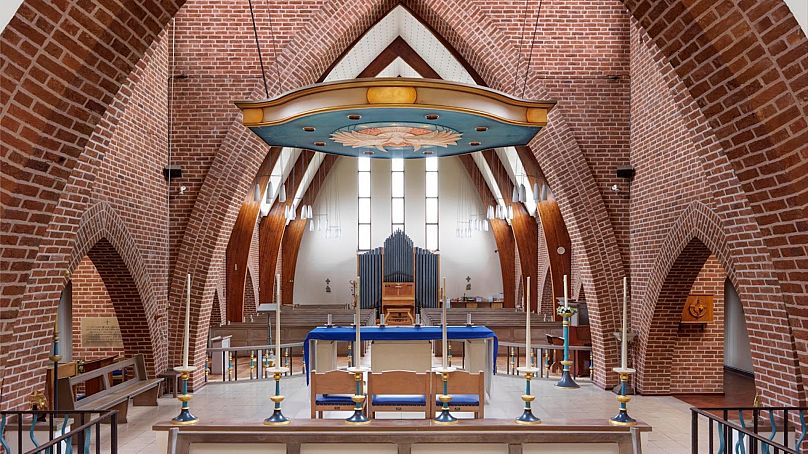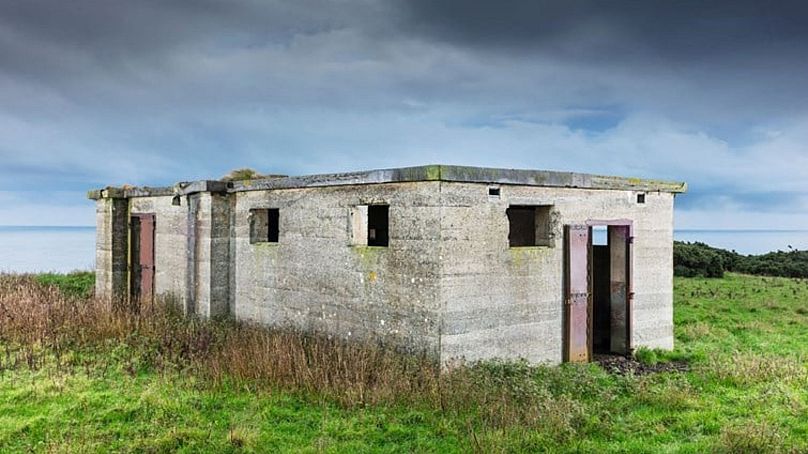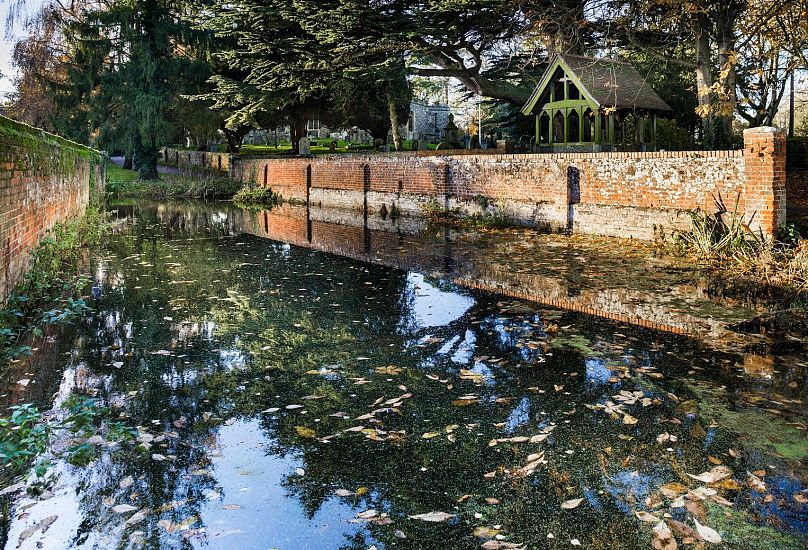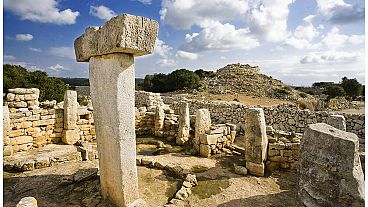Out of the 227 sites added to the English Heritage List in 2023, Historic England has curated a selection of the most extraordinary places for you to explore today.
Fancy exploring a rare, intact Second World War radar station this Christmas? Or maybe venturing into an untouched Iron Age cave in Cornwall?
Well Historic England, a public body which celebrates England's spectacular historic environment, has handpicked 16 "remarkable gems" among 227 places that were added to the National Heritage of List for England over the past year.
Featured in the list is a stunning manor house in Norfolk with interiors spanning 500 years of history, an impressive boat-shaped church and a private, small-scale, early 20th century colliery.
"We’ve examined and protected some amazing sites this year, which together give us a window into our rich and varied historic environment," explains Duncan Wilson, the chief executive of Historic England.
He adds: "The festive period is a great time to find out more about the historic places all around us. I encourage everyone to explore the heritage on our doorsteps and to add what they discover to our Missing Pieces Project for everyone to see and enjoy."
Below are a selection of the gems highlighted by Historic England.
Explore the enigmatic fogous of Cornwall (Saint Just, Cornwall)
The oldest place on Historic England's list of highlights is this fogue located in Saint Just, Cornwall.
"Fogou", a term originating from the Cornish language meaning "cave", refers to subterranean stone-built tunnels measuring up to 30 metres in length and 2 metres in width.
These unique structures typically feature a lengthy passage, occasionally accompanied by a chamber and side passages.
Constructed during the early Iron Age (500 BC to 200 BC), these fogous remained in use through the Roman period (AD 43 to 410).
Remarkably scarce, only 15 fogous are known to exist in England, and remarkable they're all confined to Cornwall.
A stunning boat-inspired church (Fleetwood, Lancashire)
This remarkable church stands as a testament to the architectural prowess of Lawrence King, a prominent ecclesiastical architect in the post-war era, particularly in the north of England.
Erected between 1960 and 1962, the building boasts a bold sculptural design resembling an upturned boat - a distinctive hallmark of King's creative output.
King conceived the upturned boat design to underscore Fleetwood's robust maritime ties and dedicated it to St Nicholas, the Patron Saint of Sailors.
Historic England explains: "Lawrence King was a gifted designer and an important voice in adding artworks to churches after the Second World War (Faith Craft), which produced different works intended to beautify worship."
Second World War radar station unveils secrets of coastal defence (Craster, Northumberland)
Constructed in 1941, this small Second World War coastal radar station in Craster, Northumberland was designed to detect and monitor the movement of German shipping, in anticipation of a potential invasion of Britain.
Among the vast network of over 200 radar stations during the war, only 75 were designated as coastal defence or 'chain home low' stations.
Astonishingly, just 8 of these survive in a complete or near-complete condition.
"They are a physical reminder of wartime tensions and fears and the need for a national defence system, which resulted in the construction of a chain of radar stations to protect Britain's coast," explains Historic England.
Discover England's oldest car wash dating back to the 17th century (Barkway, Hertfordshire)
Barkway Carriage Wash, also known as 'carriage splash,' has graced the same spot since the 17th century, earning the title of the earliest-known example of a 'modern-day car wash.'
This unique structure, one of only four in England, served a dual purpose: cleaning coach wheels and nameplates while also preventing wood shrinkage from metal rims by soaking the wheels.
The brick-lined carriage wash contains a gentle slope leading into the water, carefully calibrated to maintain an optimal depth for wheel submersion without risking carriage flooding.
"Barkway was an important stop-over en route from London to Cambridge and the north of England during the heyday of the coaching era," explains Historic England.
"It was known to have been used into the 20th century until carriages were replaced with motor cars. It is reported that residents remember it being used for filling steam tractors well into the 20th century."
